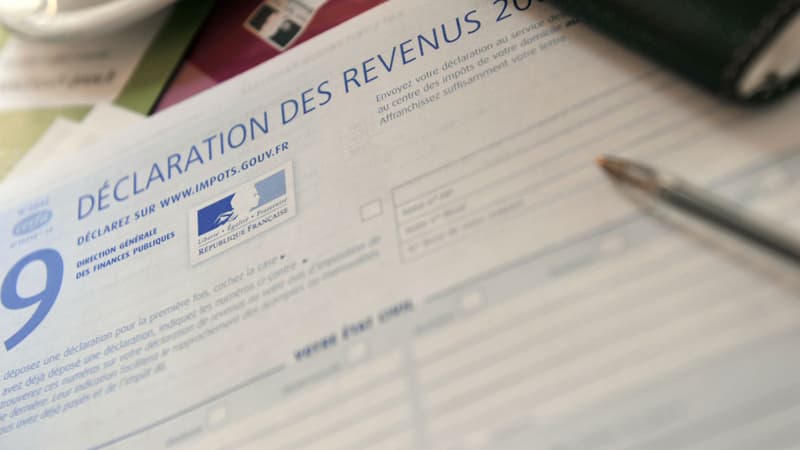For several years, the relationship of trust between taxpayers and the tax administration has been highlighted. The ESSOC law for a State serving a trust company of August 10, 2018 opens the right to error for the taxpayer. The “oups.gouv.fr” site allows taxpayers to correct their errors or omissions as part of their reporting obligations.
Individual taxpayers have secure personal messages in their personal space on the tax website that allows them to communicate with an agent in charge of their file. This service works very well. Taxpayers can ask questions and get quick answers. This saves considerable time and also allows relations with the DGFiP (General Directorate of Public Finances) to be “de-dramatized”. Therefore, we can only praise this progress.
The tax administration can also use secure messaging to request information from the taxpayer. These requests were previously sent by simple mail on a form 754 SD. Indeed, within the framework of article L 10 of the Book of Tax Procedures (LPF), the DGFiP can verify both the declarations and the documents used to establish the tax. You can also check the documents presented in order to obtain refunds, deductions and refunds. The text of the law and the administrative doctrine do not specify when this control can take place, but it used to be done a posteriori, at the latest after the tax notice was issued. This type of request could also be made shortly after the filing of the return, but the formalism of form 754 SD gave the taxpayer a period of 30 days to respond to the request (article L 11 of the LPF).
“Default” arrangements
The use of secure messages for the taxpayer by the DGFiP may have interrupted this procedure in some cases. In fact, some taxpayers have received very quickly after filing their tax return online, a request from the DGFiP asking them to justify certain charges or tax reductions in a short period of time (for example, donations, home help… .) under penalty of a rectification by the tax agent author of the request for the statement that he signed. The correction consists of the pure and simple suppression of deductible charges or tax reductions.
We can congratulate ourselves on the effectiveness of the DGFiP in tracking down dishonest taxpayers who report unjustified tax rebates or charges, but we can wonder about such a procedure. It does not seem to be invalid with respect to a strict reading of the texts of the law and it fits well with the fluidity of the DGFiP’s relations with taxpayers… But it deviates from the usual procedure that provides that in the event of non-compliance, a response or response insufficient response of the taxpayer to a request for information, the DGFiP may initiate a more onerous control procedure, in particular by sending the taxpayer requests for clarification or justification referred to in article L 16 of the LPF or by sending the taxpayer a proposal for rectification. The automatic rectification by the DGFiP of the declaration signed by the taxpayer does not seem to be an option provided by the texts of the law.
Whence the observation that this is an unexpected consequence of fluency – familiarity? – Relations of the DGFiP with taxpayers.
Source: BFM TV


